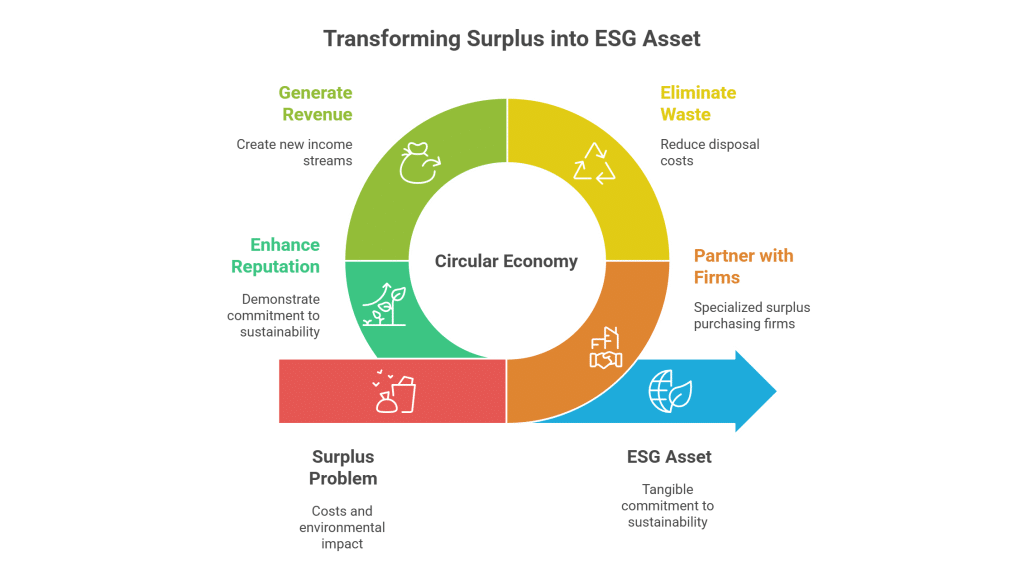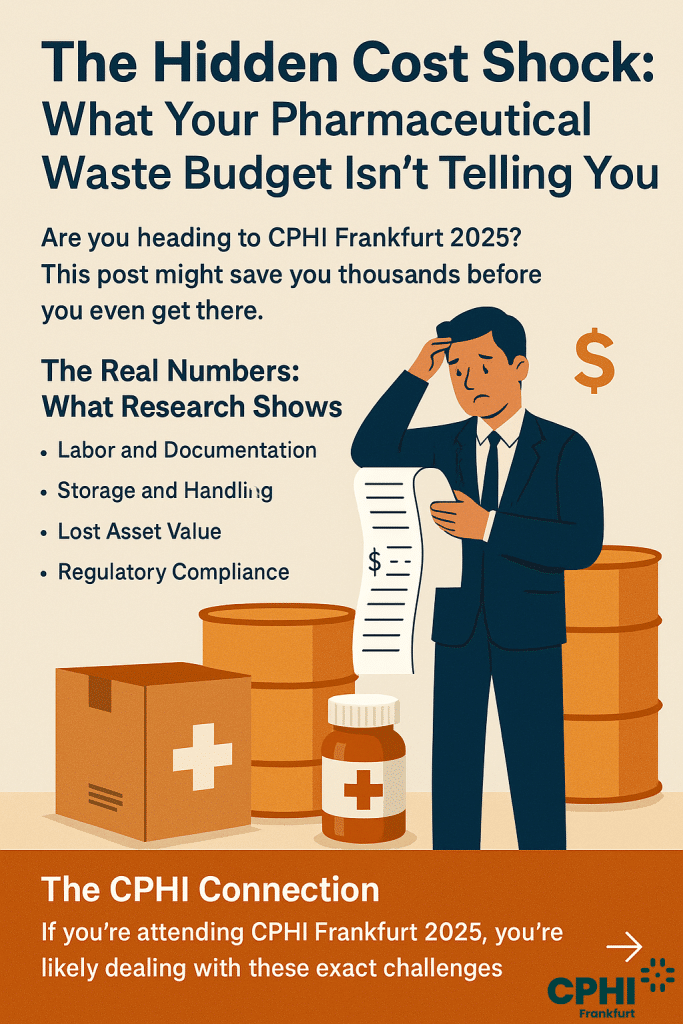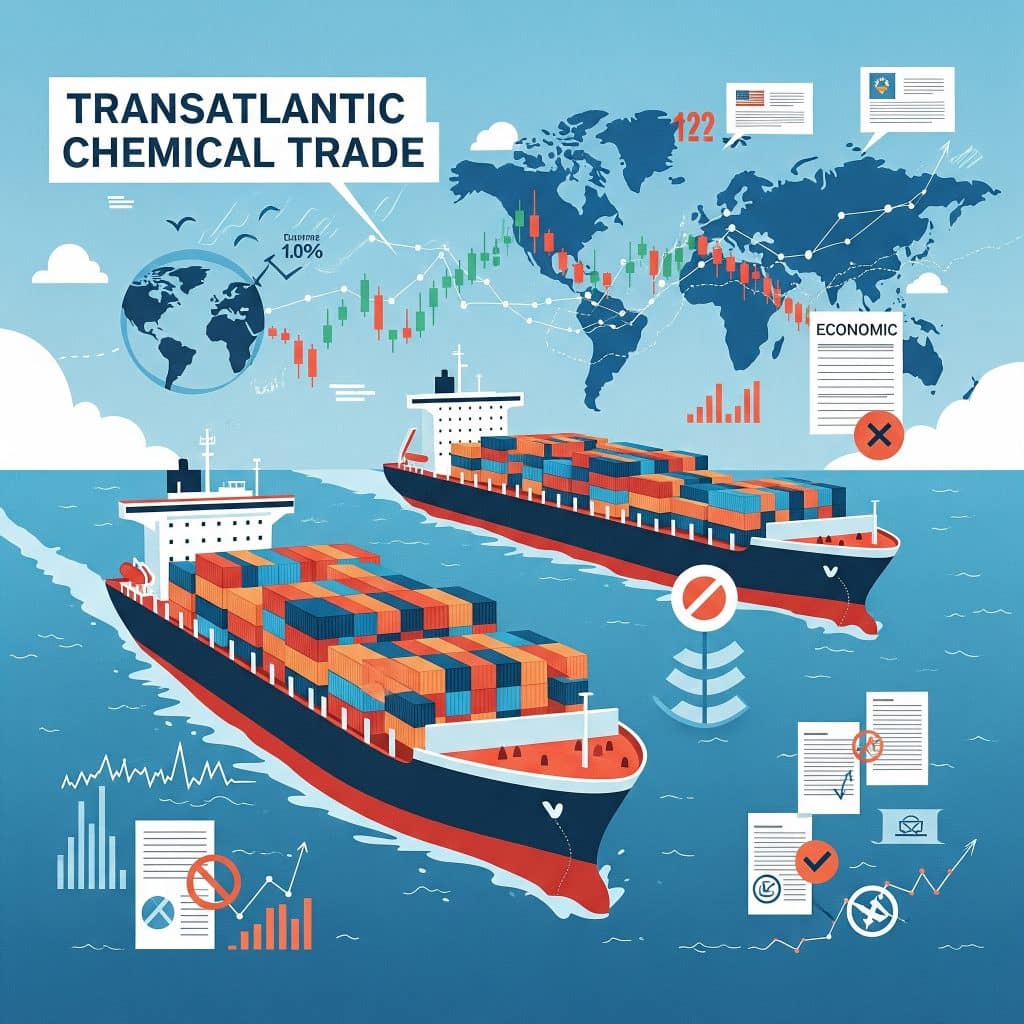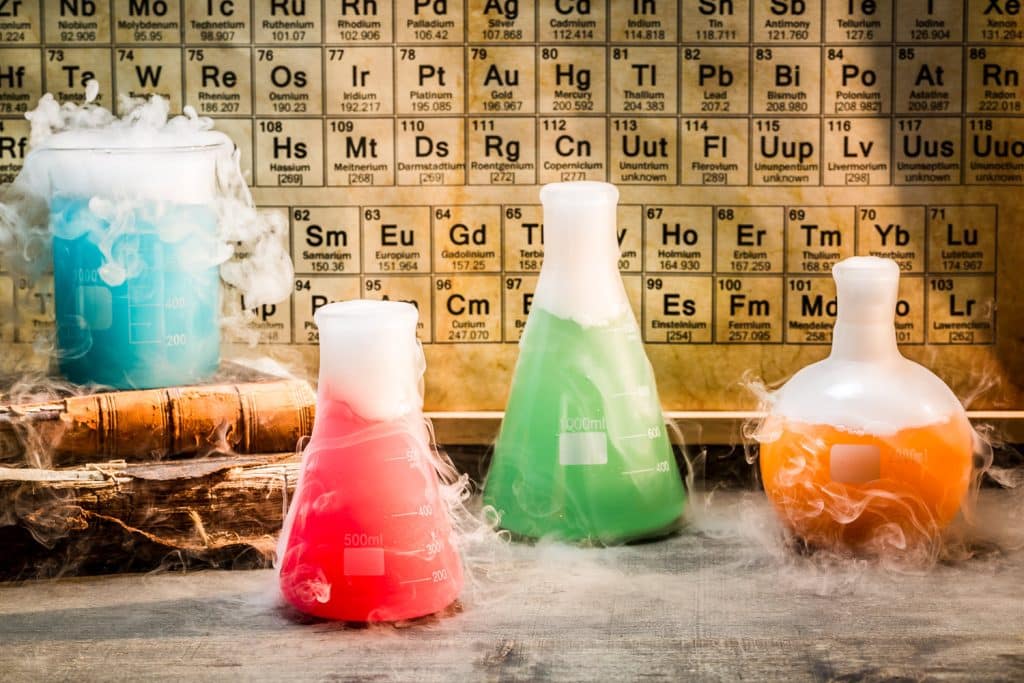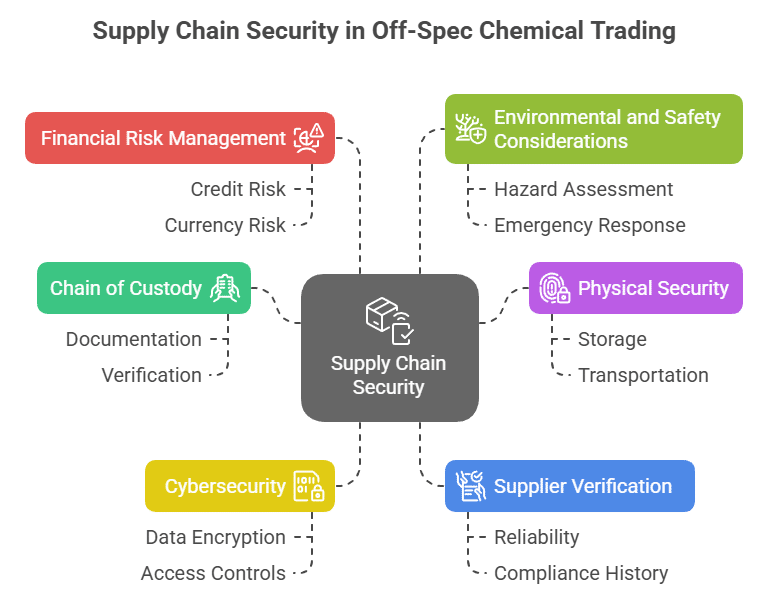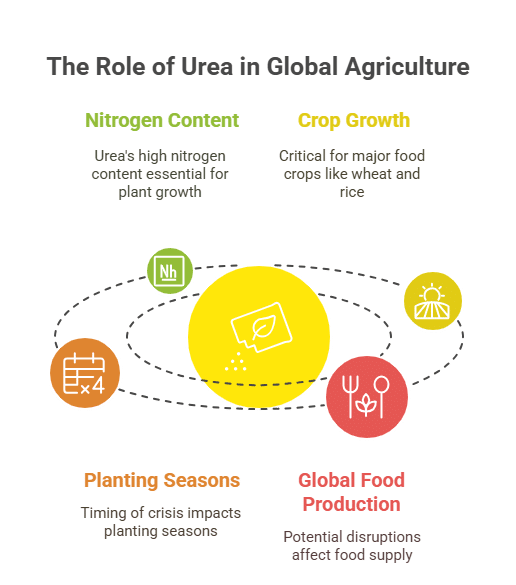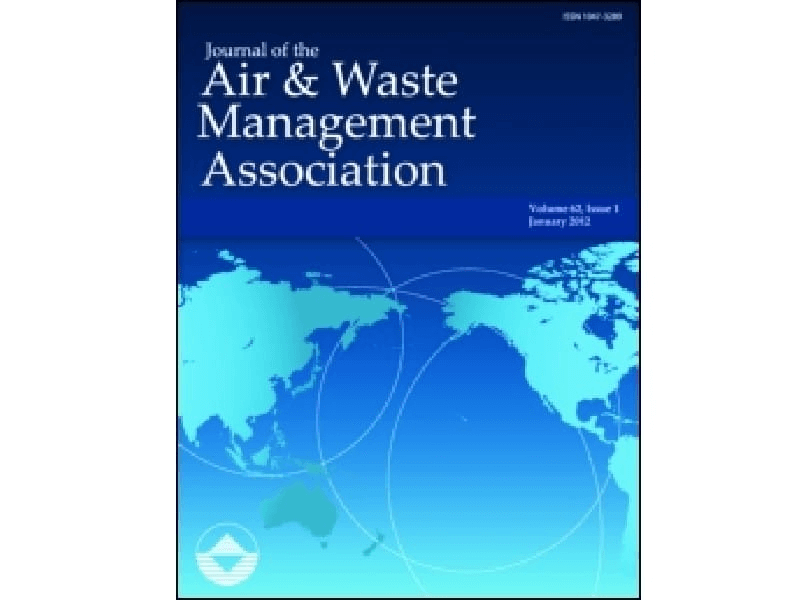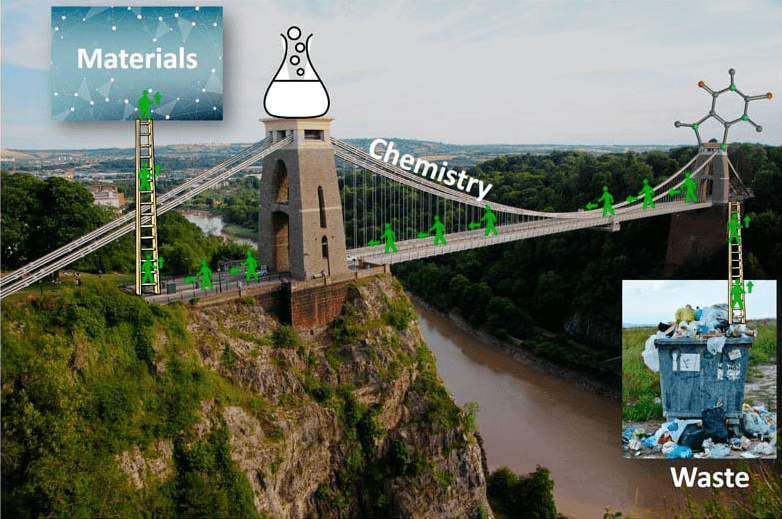Unlocking Value with TEOS in Semiconductor Manufacturing
Tetraethyl Orthosilicate (TEOS) is prized in the semiconductor industry for its ability to form high-quality silicon dioxide through controlled hydrolysis. Commonly used as a precursor for creating precise dielectric layers, TEOS plays a pivotal role in integrated circuit fabrication and optical coatings. As manufacturers evolve and upgrade processes, surplus inventories of this essential chemical can accumulate, offering an opportunity to transform a potential waste issue into a valuable asset.
Tetraethyl Orthosilicate (TEOS) Surplus in Semiconductor Chemicals: Profitable & Sustainable Trading
Trading surplus TEOS is a win-win strategy that allows companies to recover costs, free up valuable storage space, and avoid burdensome disposal fees. By selling excess chemicals, businesses not only generate revenue but also adhere to environmental regulations and promote recycling practices. This sustainable approach minimizes waste and reduces energy consumption while providing buyers with competitively priced, high-grade chemicals necessary for manufacturing cutting-edge semiconductor devices.
Tetraethyl Orthosilicate in Semiconductor Chemicals
For buyers in the semiconductor sector, sourcing surplus TEOS translates into significant cost savings without compromising quality. Reliable access to high-grade TEOS ensures smoother production cycles, minimizes downtime, and enhances product performance, making it easier to meet demanding industry standards.
Sellers benefit by converting excess TEOS into immediate revenue while reducing storage and disposal costs. By offloading surplus inventory, companies can also eliminate the risks associated with chemical degradation and environmental compliance issues, ultimately contributing to a more sustainable operation.
Table of Contents
Success Story: Turning Surplus TEOS into Semiconductor Innovation
A leading semiconductor manufacturer recently encountered a surplus of TEOS following an upgrade to their production facility. Instead of facing high storage costs and potential disposal issues, they partnered with a specialized surplus trading firm. By converting excess inventory into revenue, they reinvested the proceeds into research and development, enhancing their production capabilities and innovation pipeline. This proactive management not only improved their supply chain efficiency but also reinforced their commitment to sustainability, setting a benchmark in the semiconductor industry for responsible chemical management.




